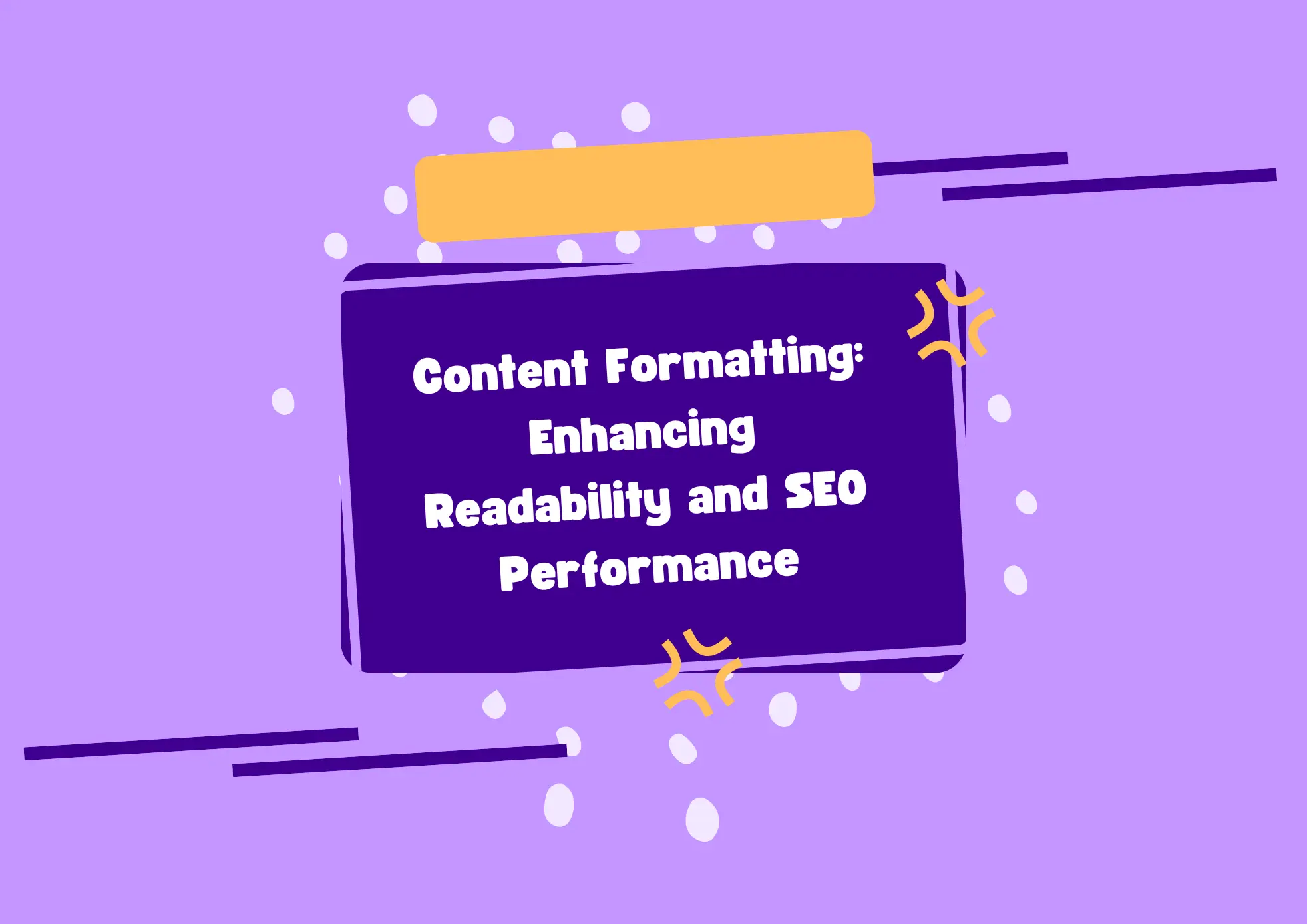In today’s fast-paced digital landscape, content isn’t just about what you say — it’s also about how you present it. Content formatting plays a crucial role in ensuring your message is not only understood but also discovered by search engines like Google. Effective formatting improves readability, boosts user experience, and helps align your content with the expectations of modern search engine algorithms.
Why Content Formatting Matters
1. Improved User Experience
Well-formatted content is easier to read and navigate. By using clear headings, short paragraphs, bullet points, and appropriate visual elements, you make it easier for users to scan and comprehend your message. This encourages longer engagement and reduces bounce rates.
2. Better SEO Performance
Search engines evaluate the structure of your content to determine how useful and relevant it is to users. Google, in particular, uses formatting as an indirect signal when assessing content quality and relevance. Structured content makes it easier for crawlers to understand your page hierarchy and main topics.
Best Practices for Effective Content Formatting
1. Use Clear and Hierarchical Headings
Use <h1>, <h2>, <h3> tags properly. Your main title should be <h1>, with subtopics under <h2>, and more detailed points under <h3>. This creates a semantic structure that both users and search engines appreciate.
2. Keep Paragraphs Short
Large blocks of text can overwhelm readers. Keep your paragraphs concise — ideally 2 to 4 sentences — to maintain clarity and flow. This is especially important on mobile devices, where screen space is limited.
3. Incorporate Lists and Bullet Points
Bullet points help break down complex information into digestible parts. Use them for lists, features, steps, or comparisons to improve scannability.
4. Add Visuals Strategically
Images, videos, and infographics make your content more engaging. Visuals should be relevant and have descriptive alt attributes for accessibility and SEO purposes.
5. Use White Space Wisely
Don’t overcrowd your content. Adequate spacing between elements enhances readability and gives your content a clean, professional appearance.
6. Ensure Mobile Responsiveness
More than half of web traffic comes from mobile devices. Make sure your content adapts well to various screen sizes by using responsive design practices and scalable text/images.
How Content Formatting Supports Google’s Search Guidelines
Google’s Search Quality Evaluator Guidelines emphasize concepts like E-E-A-T (Experience, Expertise, Authoritativeness, and Trustworthiness). Although E-E-A-T is not a direct ranking factor, properly formatted content supports these values by:
- Demonstrating clarity and organization
- Enhancing perceived authority through structure and citations
- Improving user trust through usability and presentation
Google’s Helpful Content System also promotes content that puts people first — formatting plays a significant role in delivering a satisfying user experience.
Content formatting is not just a cosmetic concern — it’s a strategic tool for delivering quality experiences and improving visibility in search. Whether you’re writing a blog, crafting a landing page, or publishing a product guide, applying sound formatting principles ensures your content gets the attention it deserves from both humans and algorithms.
References
- Google Search Central. (2024). Creating helpful, people-first content. Google Developer Docs
- Google Search Quality Evaluator Guidelines. (2024). Search Central Guidelines PDF
- Moz. (2024). On-Page SEO Best Practices. moz.com
- Semrush Blog. (2024). Content Formatting for Better SEO. semrush.com
- Surfer SEO. (2024). Website Content Guidelines. surferseo.com



